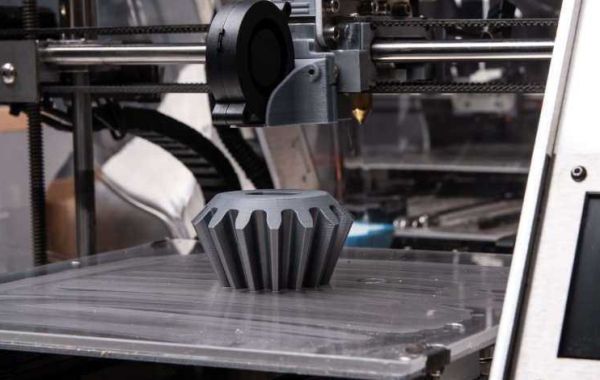Designing aluminum parts for CNC milling requires a keen understanding of both the material's properties and the machining process itself. Here are some key considerations:
Understand Aluminum Properties
- Strength-to-weight ratio: Aluminum offers a good balance, but be mindful of part thickness and loading conditions.
- Machinability:Aluminum is generally easy to machine, but certain alloys might require specific tooling or cutting parameters.
- Thermal conductivity: Consider heat dissipation during machining, especially for complex or deep cuts.
Design for Machinability
- Avoid sharp corners:These can cause tool breakage and reduce tool life.
- Maintain consistent wall thickness: Varying wall thickness can lead to distortions during machining.
- Optimize part orientation:Consider the best orientation for clamping and machining efficiency.
- Design for accessibility: Ensure that all areas of the part can be reached by the cutting tool.
- Consider draft angles:Slight draft angles can aid in part removal and prevent tool chatter.
Utilize CAD Software Effectively
- Create clear and detailed drawings: Include dimensions, tolerances, and surface finish specifications.
- Use standard features: Employ standard geometric shapes and features to simplify the machining process.
- Consider tooling limitations:Design parts that can be machined with standard cutting tools.
Collaborate with Your Machinist
- Communicate design intent:Clearly explain the part's function and performance requirements.
- Seek feedback:Involve the machinist early in the design process to get input on manufacturability.
- Consider alternative designs: Explore options that might improve machinability or reduce costs.
By following these guidelines, you can optimize your aluminum part designs for efficient and cost-effective CNC milling.








